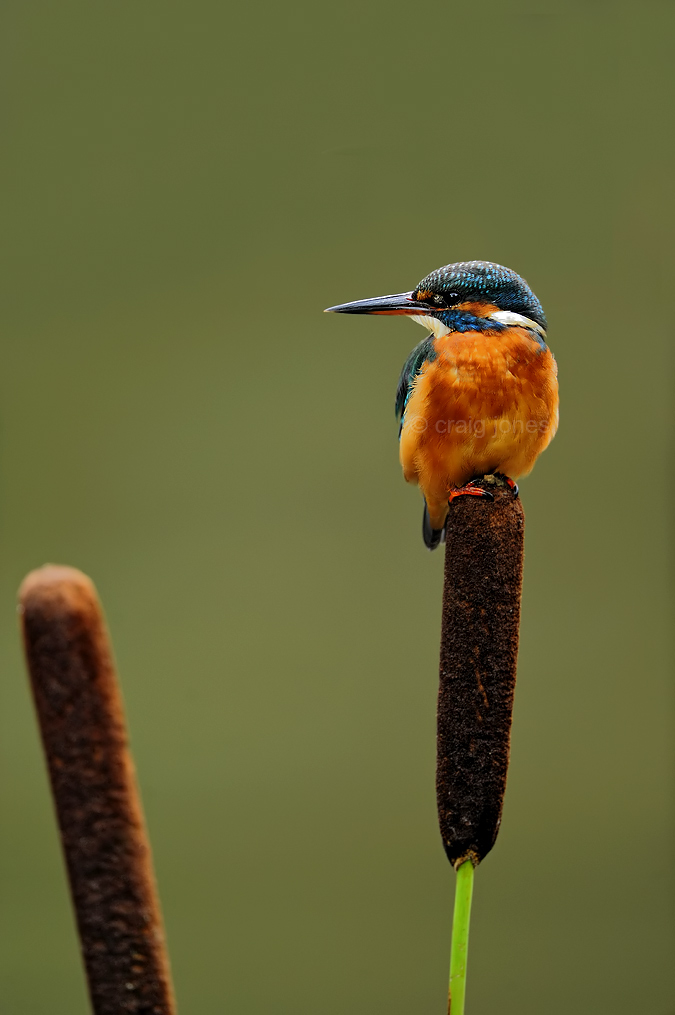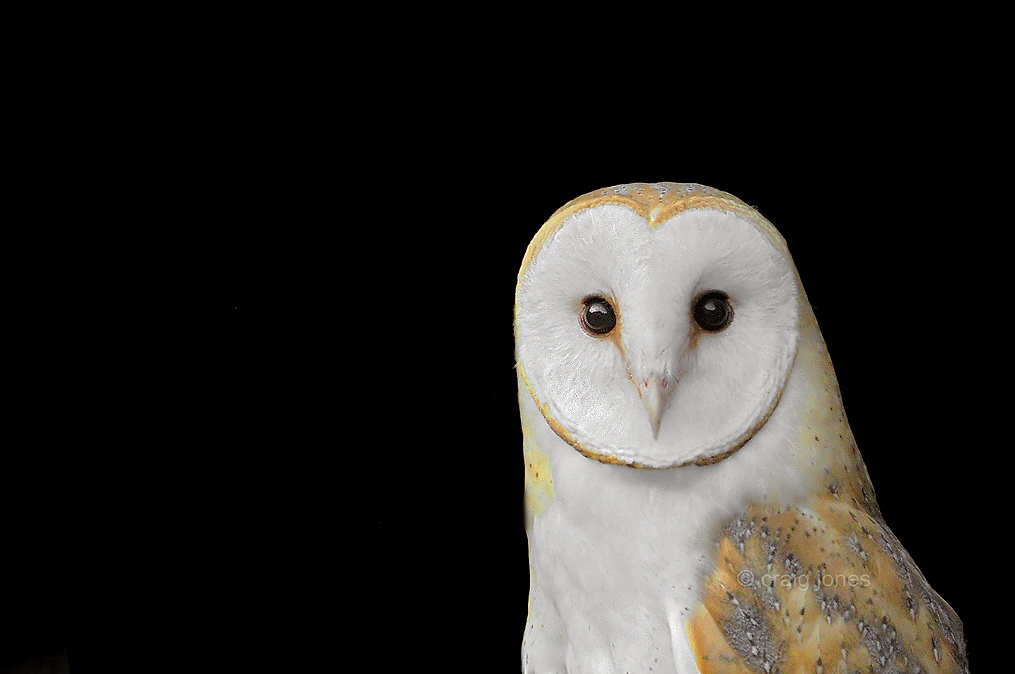Responsible Photography
Wildlife photography’s power rests on the belief that it represents an event that occurred naturally in the wild, something witnessed and recorded by the photographer with their camera at that given time.

 I’m pleased to announce that in the May issue of Bird Watching Magazine I have another article published covering ethics within wildlife photography. This follows on from my article in April’s issue that covered fieldcraft.
I’m pleased to announce that in the May issue of Bird Watching Magazine I have another article published covering ethics within wildlife photography. This follows on from my article in April’s issue that covered fieldcraft.

 Use of friendly animals, wildlife hot spots, baited sites, digital bird callers and the pre-arranged perches alongside digital technology have forced us all to re-evaluate and question the validity of images we see now
Use of friendly animals, wildlife hot spots, baited sites, digital bird callers and the pre-arranged perches alongside digital technology have forced us all to re-evaluate and question the validity of images we see now
The word “ethics” is derived from the Greek word “ethos” meaning; moral principles that govern a person’s behaviour.

Ethics and the welfare of the subject were embroiled into me by my late mother, who took me to nearby woods and places where wildlife was as a small child. She learnt me about the circle of life, where my food was from and to always to respect wildlife and listen to the woods, listen to nature and it will give up her secrets.
I learnt very early on that once I came across wildlife it was down to me how long that encounter would last. Meaning if I I was nosy, loud and did lots of moving around then that would impact on the subject’s life and they would disappear back into the undergrowth.
So I learnt to become part of the landscape, often pretending I was the animal and I tried to think like them and act like them. Using those principles my encounters lasted longer and so my knowledge became better and better.
But the most important thing was that the subject I was with was not disturbed or troubled by my presence and this was the most important thing I learnt and is the foundation to my work today.


Wildlife photographers have a duty of care to the subject’s welfare they are photographing but also to the general public who buy your work or follow you.
Showing and explaining how that image was taken, the skills you employed to achieve the photograph are paramount today. Truth and accuracy in captioning wildlife photos is so important.


In an age of instant reporting on social media for sharing wildlife photos, more and more people are heading out into the countryside armed with their cameras which has put an incredibly amount of pressure on wildlife.
We all need to work with more thought and respect towards nature moving forward in order to preserve those we share this planet with. It’s not a one size fits all though and it always comes down to the individuals morals and own integrity.
I’d like to thank Matt and the team at Bird Watching magazine once more for asking me to contribute to this brilliant magazine.

You can listen to a podcast I did recently where I talk about how amazing and inspirational my mum was and how she introduced me to nature. Click here to listen
Leave a Reply